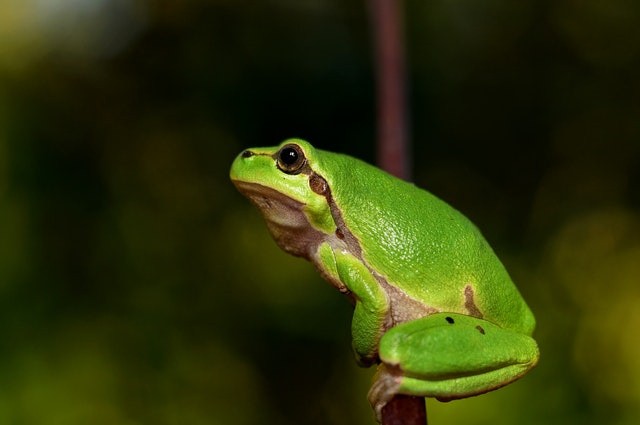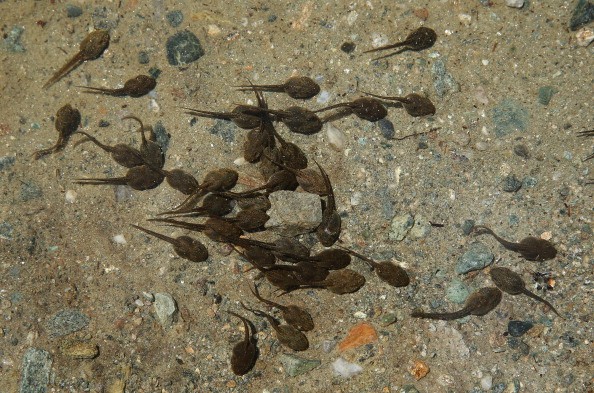Fifteen tadpoles that belong to an uncommon species of Victorian frog have developed legs in a milestone for a critical conservation program some days following official declaration as a distinct subspecies.

The Giant Burrowing Frog
This strange giant burrowing frog is a threatened species discovered in New South Wales and distant parts of East and Central Gippsland.
A lot isn't known about this "uncommon and cryptic" species. Till now, there was no time they have been held or bred in captivity. Meaning that Adam Lee, an amphibian specialist who is in charge of the Zoos Victoria conservation program, does not have any clear guide for the animals.
Lee said: "I was definitely a helicopter dad for a bit at the start. Checking on them daily. Making sure the water conditions were right, making sure we weren't having issues with water quality and making sure they were feeding well and no signs of disease."
Lee added saying they got more than 100 tadpoles in the first collection. And there's a particular level of death in the wild, but so far they have been actually doing well and getting all the animals through. Lee also said to record no deaths so far is good, and one expects it going through the different developmental stages.
Life Cycle of a Frog
So far, approximately 15 tadpoles have "metamorphosed." This is a process by which tadpoles develop legs and become matured frogs and there is hope more will follow soon, Lee said.
Lee said they remain in their tadpole stage from three to 11 months and within the following three to four months they are expected to undergo metamorphosis.
He also said that " the main goal at the moment is to establish captive husbandry and make sure we can rear them through the entire life cycle. Metamorphoses into frogs, and then breeding the frogs to lay eggs."
The species develops to the size of a cricket ball and the juvenile frogs are already bigger than other similar species that have been part of comparable conservation programs including the southern corroboree frog which is critically endangered.

Genetically Different Subspecies
A frog biologist at the Australian Museum whose name is Dr. Jodi Rowley said every victory in the program should be accepted mostly since the southern population of the giant burrowing frog has been identified as a genetically different subspecies.
Rowley said it was believed they were kind of different before but it became formal. This giant burrowing frog has been formally divided into two subspecies. Meaning that the southern populations of the species, which are believed to be involved in the program, are presently even more noteworthy.
The difference was verified in a paper released in the journal Zootaxia on Monday that discovered the northern and southern populations were genetically dissimilar.
For more news, updates about frogs and similar topics don't forget to follow Nature World News!
© 2025 NatureWorldNews.com All rights reserved. Do not reproduce without permission.





